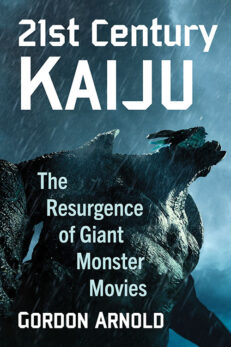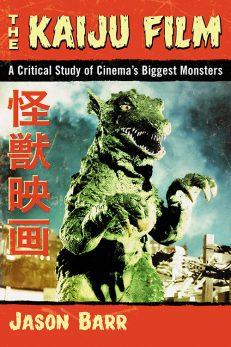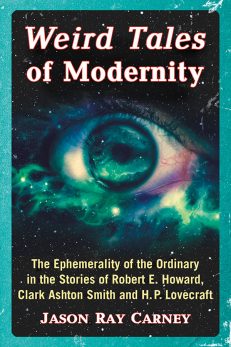Weird Tales of Modernity
The Ephemerality of the Ordinary in the Stories of Robert E. Howard, Clark Ashton Smith and H.P. Lovecraft
$39.95
In stock
About the Book
Serious literary artists such as T.S. Eliot, James Joyce and Virginia Woolf loom large in most accounts of the literary art of the first half of the 20th century. And yet, working in the shadows cast by these modernists were science fiction, horror and fantasy writers like the “Weird Tales Three”: H.P. Lovecraft, Clark Ashton Smith and Robert E. Howard.
They did not publish in artistically ambitious magazines like Dial, The Smart Set and The Little Review but instead in commercial pulp magazines like Weird Tales. Contrary to the stereotypes about pulp fiction and those who wrote it, these three were serious literary artists who used their fiction to speculate about such philosophical questions as the function of art and the brevity of life.
About the Author(s)
Bibliographic Details
Jason Ray Carney
Format: softcover (6 x 9)
Pages: 205
Bibliographic Info: bibliography, index
Copyright Date: 2019
pISBN: 978-1-4766-6803-1
eISBN: 978-1-4766-3614-6
Imprint: McFarland
Table of Contents
Acknowledgments vi
Preface 1
1. Introduction 7
2. Pulp Ekphrasis, History, and Deformation 21
3. A Real Weird Magazine 42
4. Clark Ashton Smith and Artistic Form 65
5. The Failure of Clark Ashton Smith 81
6. The Cultural Alienation of Robert E. Howard 100
7. Robert E. Howard and Rendering the Real and the Unreal 114
8. Cthulhu Is Beautiful 136
9. Lovecraft and the Threat of Modernism 152
10. Conclusion: Form and Formlessness 166
Works Cited 187
Index 193
Book Reviews & Awards
- “Plac[es] pulp fiction in a broader historical and literary context”—American Literature
- “Carney’s book is a valuable addition to the literature on its topic. It deserves a wide readership, and a prominent place in the scholarship of American fantastic literature in the early twentieth century. In addition to its insightful readings of Smith, Howard, and Lovecraft, it offers a much needed counter-narrative to the dominance of modernism in twentieth century American literature.”—Journal of the Fantastic in the Arts





